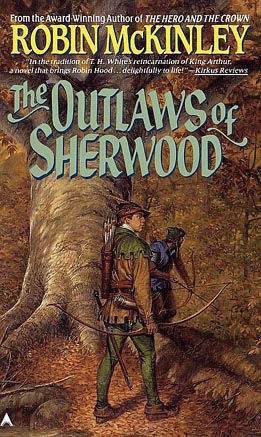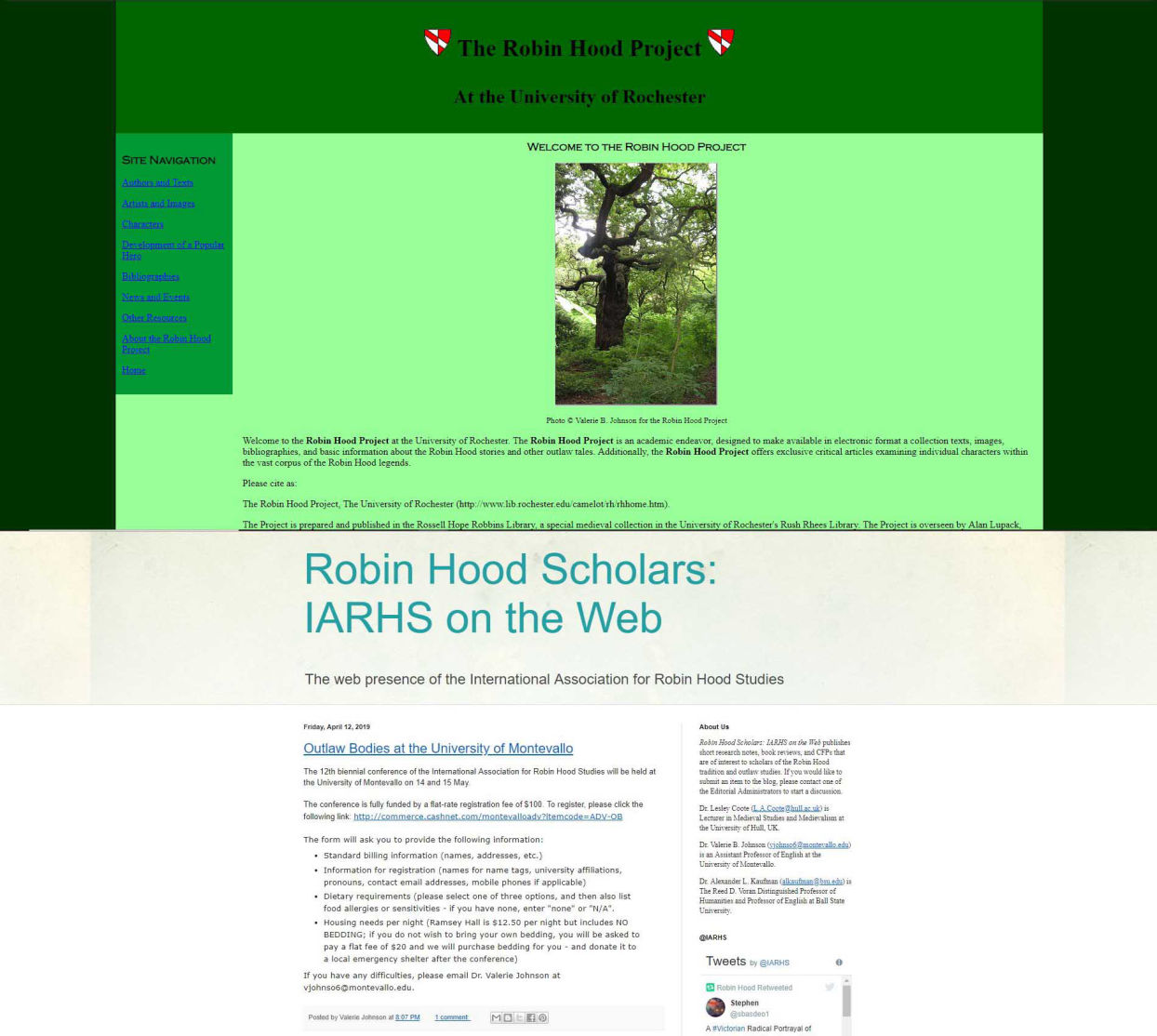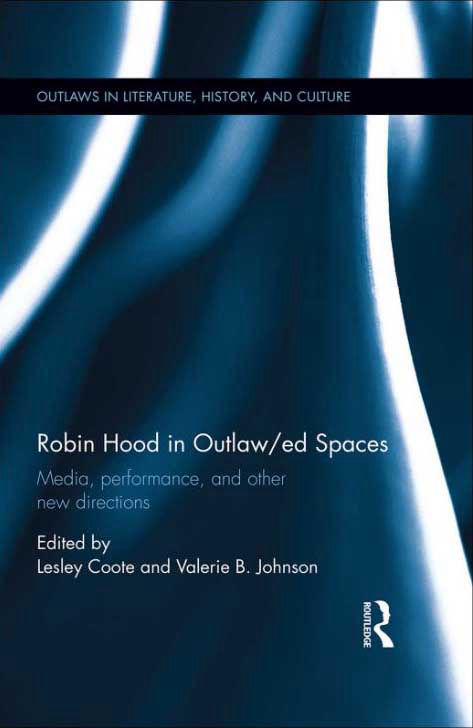Students and the need for diversity
AWW: I'm intrigued by your students' projects. What experiences have you had teaching the Robin Hood legend? What opportunities are there for students?
VBJ: I’ve only had one chance to teach a course that focuses only on Robin Hood materials – usually I’ve been able to include a unit in courses that focus on medievalism, or heroes, or cinematic representations. The University of Montevallo gave me the opportunity to teach outlaw ballads as a genre, and that was fantastic – because genre is so fluid and mutable, particularly for early modern and medieval materials or trans-temporal traditions (like Robin Hood), I used representations of disability and ableism within those ballads as the focus for the discussions, and to guide student projects. I want to make the Robin Hood materials accessible, and while there are many archives, digital and material, not everyone can engage those archives – so we did our best to explore how to make existing materials accessible, and how to think about some of the assumptions we bring to historic genres and literary materials.
AWW: What impression of Robin Hood do your students have? How is their Robin Hood different than the one you first encountered?
VBJ: My students are inevitably rather scarred by the differences between their childhood Robin (inevitably the cheery little fox of the Disney film) and the early modern / late medieval ballads. The early Robin Hood stories feature a man who viciously attacks and mutilates an opponent (Robin Hood and Guy of Gisborne), who plays nasty identity games (Robin Hood and the Potter), and who leads a band that is perfectly willing to kill a child-servant (Robin Hood and the Monk). All these early stories set up the action with Robin Hood going off on his own, usually after being pretty rude or abusive to Little John, and even when Robin feel a little more “noble” (A Gest of Robyn Hode) he’s still pretty crude and rough. My students often say that thinking critically about the tradition has ruined their childhood memories, and honestly I think that’s good: it means we’re thinking, engaging, and revising what we’re presented with as children. I experience it too: once when I taught The Outlaws of Sherwood some of my students made really astute observations about a deeply uneven power and age imbalance in one of the relationships in that novel, and it was so accurate that I wondered how I’d never noticed myself – it now adds depth to my re-readings. I enjoy the book more because of those critical observations, and it helps me explore multiple interpretive possibilities.
Passive consumption orwholesale acceptance of cultural artifacts - whether those artifacts are films, novels, art, or whatever -- iscompletely antithetical to critical thinking! What’s the point in consuming those artifacts if not to feel and experience and learn?
AWW: One of the aspects I like best about your students' projects is the dedication to inclusivity. And from what I've seen medieval studies have had some challenges from a less-than-inclusive group of scholars? What do you think Robin Hood Studies needs to do in order to be inclusive?
VBJ: Fundamentally, scholarship and study are about continually confronting what we don’t know and questioning what we thought we knew in light of new information – and then working to learn in that new context. When we stop questioning and examining, we begin to rest upon assumptions – for example, for a long time we thought that digitizing the Robin Hood ballads would make them universally accessible. Now we’re realizing that is not the case: the contents of the ballads, the language of the ballads, the media or format of the ballads, all these factors can block access to the material.So we need to provide access, and we need to frame the material in ways that helps audiences see where they can find their own ways to engage. Once we have access, we need to address how to include more people, to increase the number of scholars and minds who grapple with the materials. We need a plurality of voices in any field, and part of what I try to do with my students is give them the tools they need to find their own points of entry to our material. Sometimes that’s a familiar path, but often it’s new and different.
To move forward and be more inclusive, I think Robin Hood Studies will need more scholars who aren’t primarily medievalists (or medievalismists), because different fields and specialties bring different perspectives and knowledge. In addition to literary, cultural, historical, and film components, we need to routinely engage fields that deal with topics like race, gender, sexuality, language, economics, social psychology, and many others. To fail to do so will be to stagnate and remain static in the face of change, which is never an effective survival strategy.We need scholars and thinkers from all races, cultures, genders, sexualities, and classes. We need diversity.






Contact Us